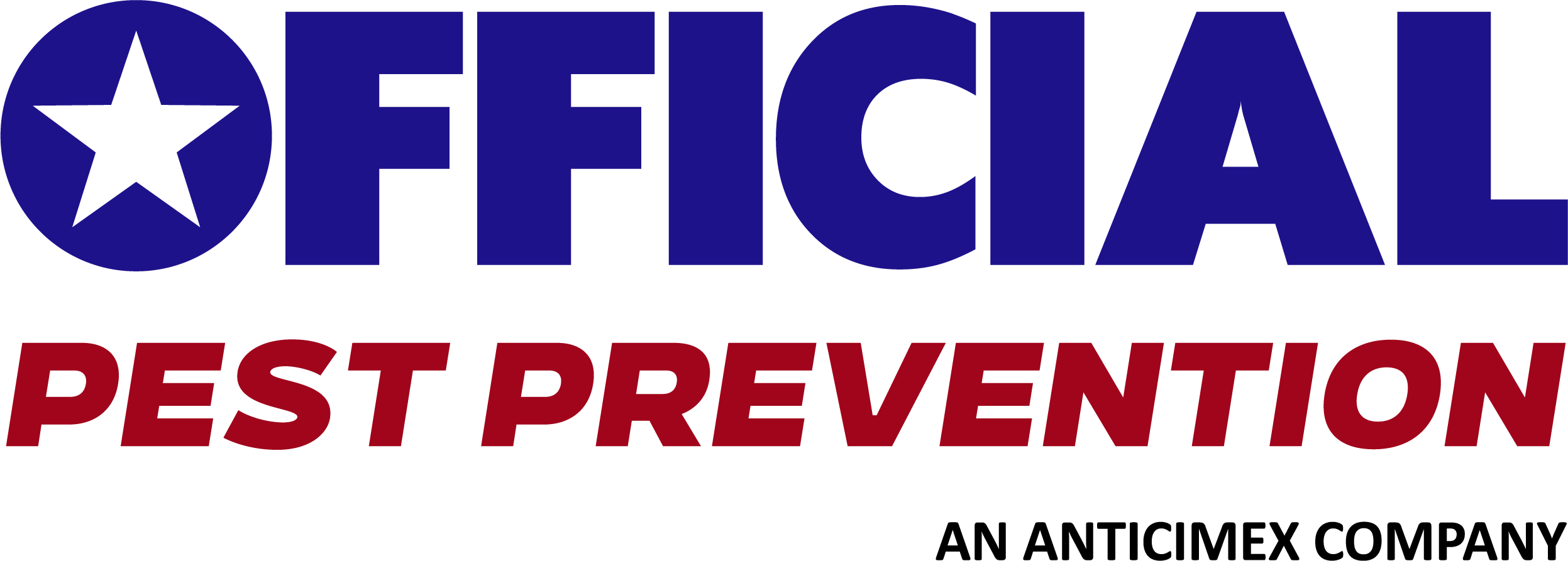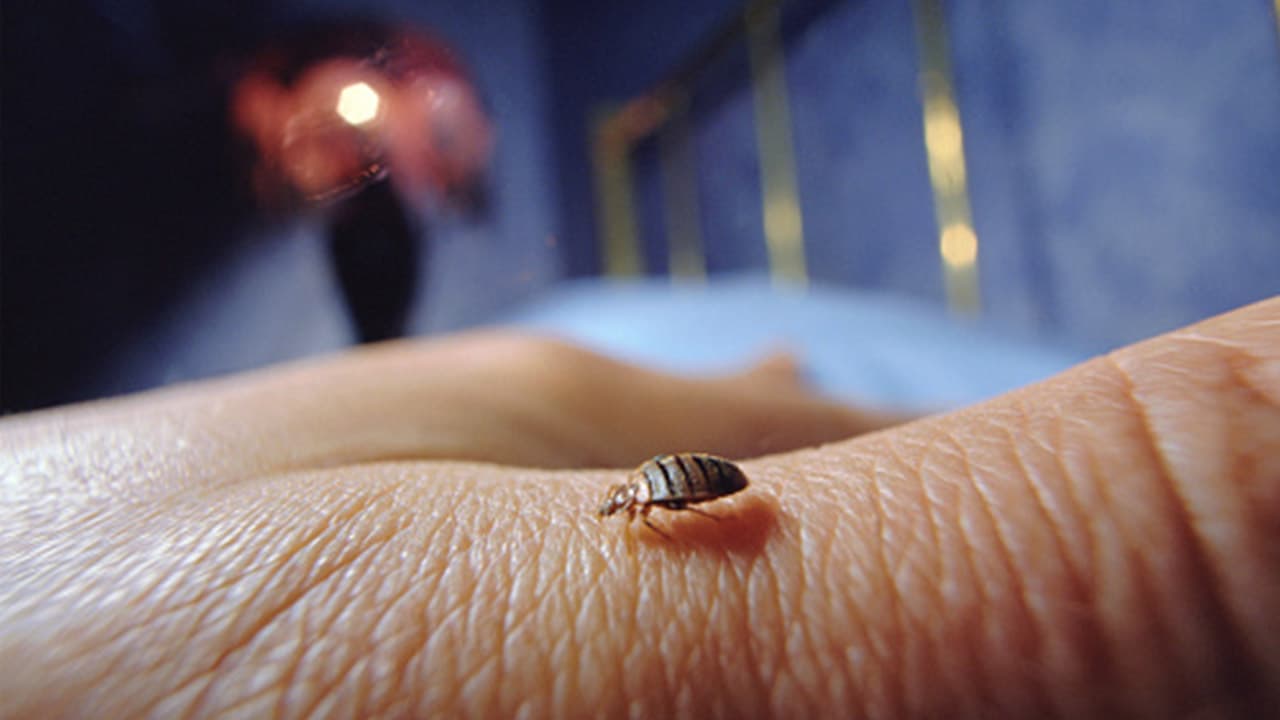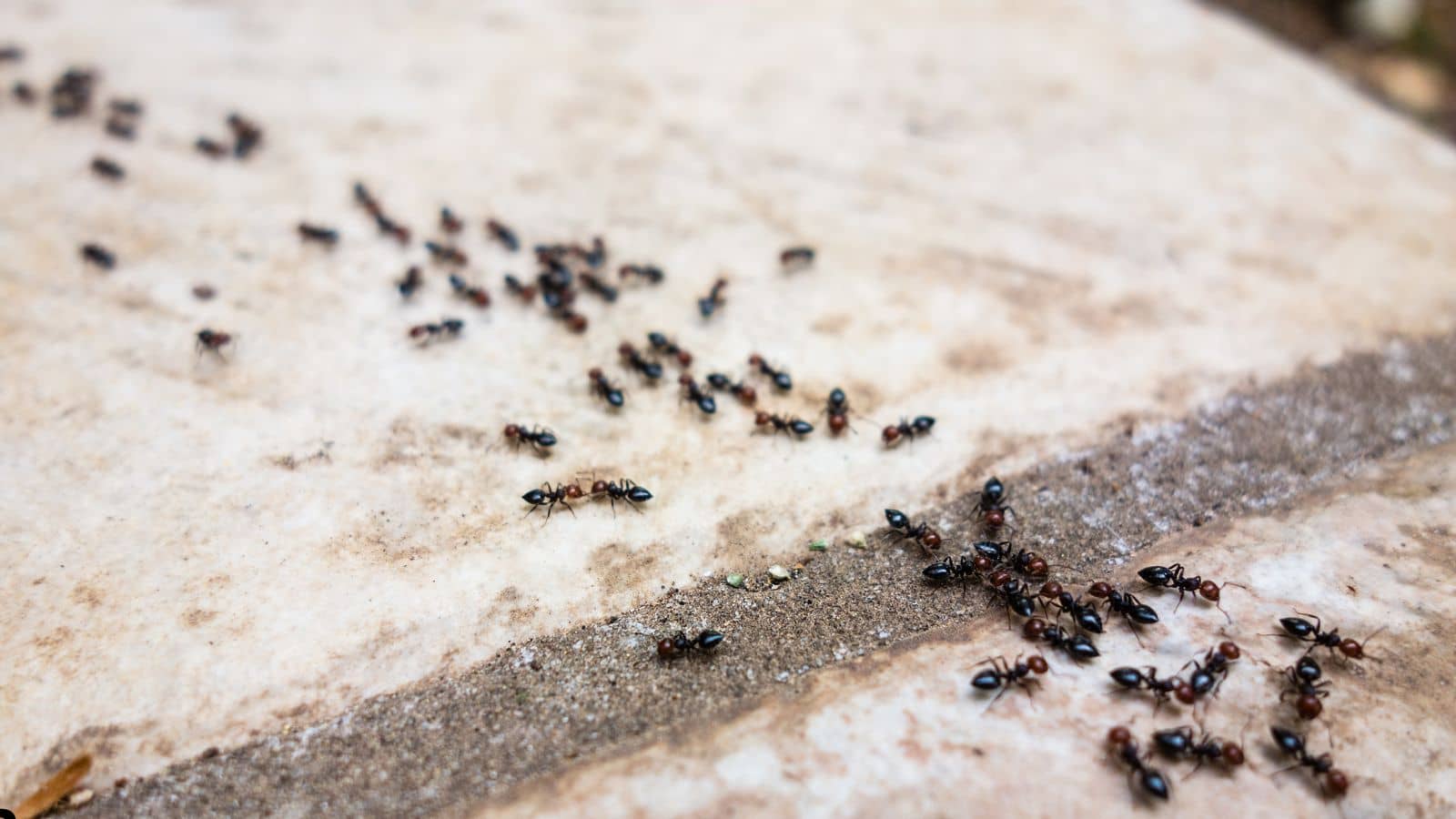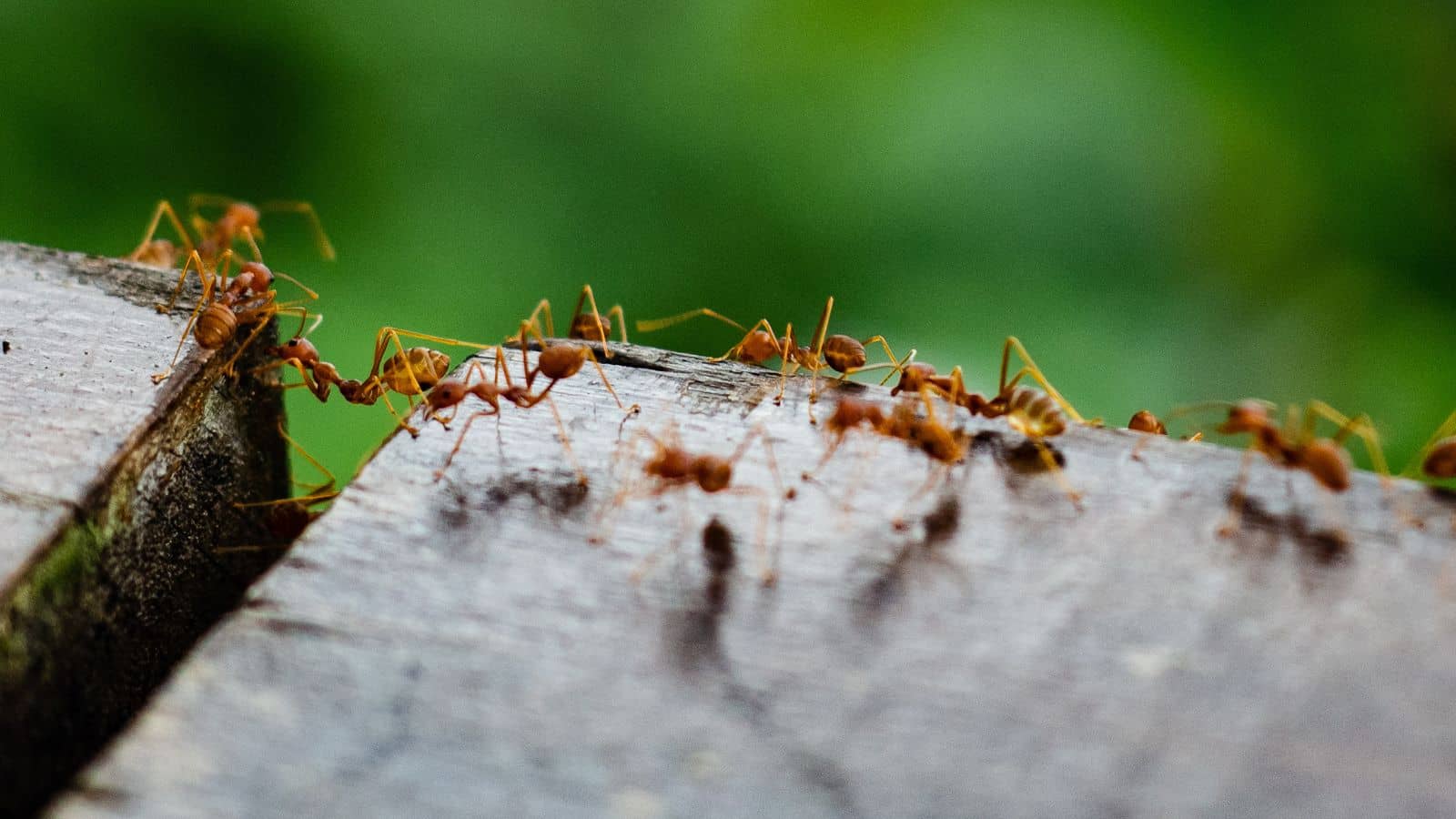Bed bugs are a hotel manager’s worst nightmare. One mention of them in an online review can tank your property’s reputation, send future guests running, and force you into emergency pest control mode. For hotels in California—where tourism is year-round and guest turnover is high—routine bed bug inspections are not just a precaution, they’re critical.
This in-depth guide explains why hotels are especially vulnerable to bed bug infestations, how to properly inspect hotel rooms, what signs to watch out for, and when to bring in professional help from experts like Official Pest Prevention.
Why Are Hotels So Vulnerable to Bed Bug Infestations?
Hotels and motels offer the perfect conditions for bed bugs to thrive. These pests don’t discriminate—they don’t care if your property is a luxury resort in Napa Valley or a budget motel off the I-5. What they care about is access to people, luggage, and dark, cozy hiding spots.
One of the primary reasons hotels are at such high risk is the constant movement of guests. Every new check-in represents a new opportunity for bed bugs to hitch a ride in a suitcase or backpack. Since these pests are expert stowaways, even the most vigilant guests might unknowingly bring them in.
Once inside, bed bugs don’t limit themselves to just beds. They can be found hiding in seams of furniture, behind headboards, inside electrical outlets, along baseboards, and even behind picture frames. With hundreds of potential hiding places in each room, and a constant influx of new guests, an undetected infestation can spread quickly from one room to the next.
Another factor that contributes to infestations is that hotels often operate with fast room turnover, meaning limited time between guests for deep inspections. Even if housekeeping notices something suspicious, without training or a structured inspection routine, early signs can be missed.
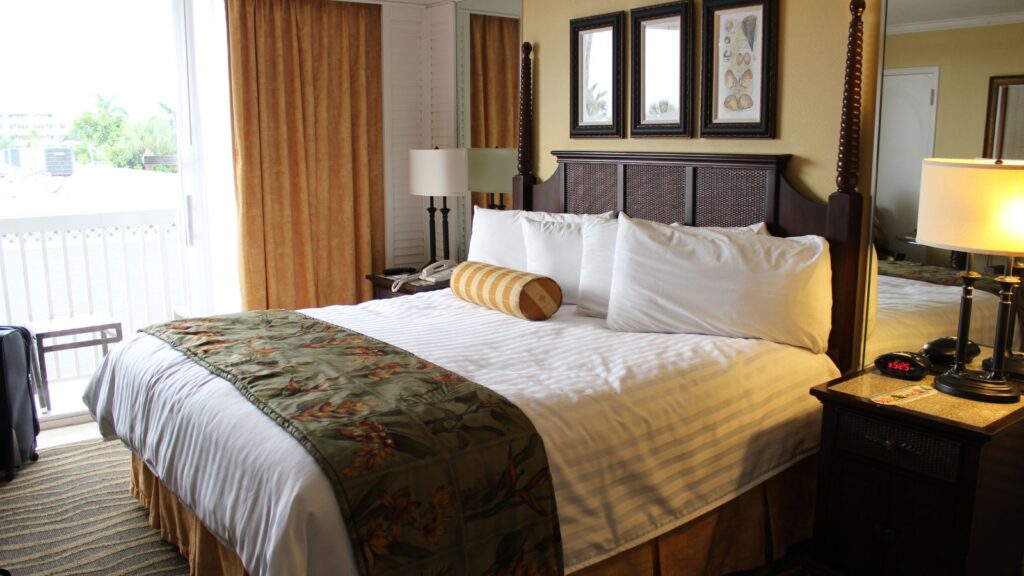
Whether you’re a hotel owner, general manager, or a staff member tasked with quality control, knowing how to inspect a hotel room for bed bugs can be the difference between catching an issue early or facing a full-blown infestation.
Let’s break down the process step by step.
Start With the Bed
Begin by removing all bedding and closely examining the mattress. Pay special attention to seams, corners, and the area around the mattress tags. Bed bugs tend to hide in tight crevices, and these are some of their favorite spots. Don’t forget to lift the mattress and inspect the box spring and bed frame, especially around joints and screw holes where bed bugs love to nest.
You may see small reddish-brown stains (dried excrement), shed skins, or even live bugs. A flashlight is a useful tool here, as bed bugs avoid bright light and hide in the shadows.
Move On to the Furniture
Upholstered furniture, such as chairs, sofas, and padded headboards, offer ideal hiding conditions. Slowly run your fingers along seams and inspect folds or creases. Pay attention to the backs and undersides of these pieces, where bed bugs often gather out of sight.
Hotel rooms with wooden furniture should also be inspected carefully, especially around joints, drawers, and the connection points where wood meets fabric or cushions.
Check the Baseboards and Flooring
Bed bugs often crawl to darker corners of a room, especially if their preferred hiding spots are occupied. Baseboards and wall-to-floor transitions can be easy to overlook but are frequently infested. Carefully examine these areas, especially behind furniture or where the carpet meets the wall.
In California hotels, where older structures are more common, even tiny wall cracks or uneven baseboards can become entry points or hiding places for bed bugs.
Inspect Wall Fixtures and Decorations
Next, shift your focus to the walls. Lamps, mounted lights, outlet covers, and even artwork can become bed bug harborage points. Bed bugs can squeeze behind frames, crawl into tiny gaps between light switches and drywall, and hide inside hollow fixtures.
This area is often missed during casual inspections but should be part of every thorough bed bug check.
Don’t Forget the Closet and Luggage Racks
Luggage is one of the most common vehicles for transporting bed bugs. That’s why the closet—and especially the luggage stand—deserves a close look. Check the straps, joints, and frame of the luggage rack. Also, examine the closet floor, the back wall, and any folded blankets or items stored there.
If possible, lift up and inspect under suitcases left in storage areas. Bed bugs can cling to the fabric or even hide inside.
Early Signs of a Bed Bug Infestation
In the early stages, an infestation might not be obvious. Still, there are a few subtle clues that can help staff or guests detect a problem before it spreads:
- Dark brown or reddish stains on sheets, pillowcases, or mattress seams—these are bed bug droppings or crushed bugs.
- Molted skins or eggshells around mattress edges, under beds, or near furniture joints.
- Live bugs, which are flat, oval, and about the size of an apple seed, often reddish-brown in color.
- Guests reporting itchy, red bites, especially in a line or clustered pattern, which is a classic sign of bed bug feeding.
If even one of these early bed bug infestation signs is found, further inspection and immediate action are necessary.
Why Bed Bugs Are a Costly Threat to Hotels
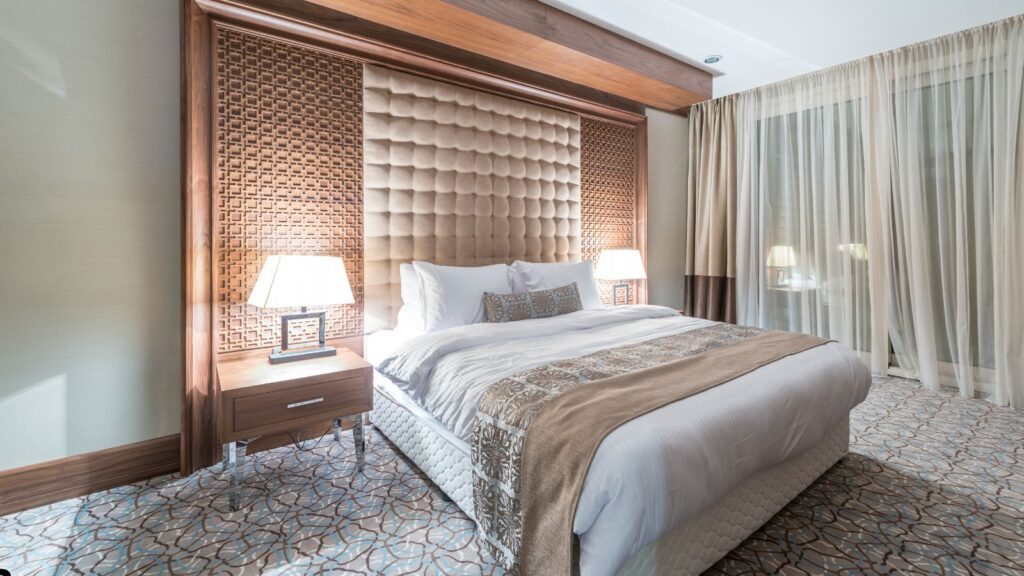
In hospitality, reputation is everything. One bad experience can spread like wildfire online—and nothing generates bad reviews like bed bugs.
Beyond online reviews, infestations can lead to:
- Canceled bookings and lost revenue
- Expensive remediation and furniture replacement
- Staff turnover from stress and frustration
- Legal action in severe cases of guest harm
- Potential temporary closure by health authorities
And in California, where tourism is a major economic driver, hotel competition is fierce. Staying proactive is essential.
Bed Bug Prevention Tips for Hotel Managers
While professional pest control is always the safest route, there are some basic best practices your hotel staff can follow to reduce the risk of infestation:
First, train your housekeeping and maintenance teams to spot the signs we outlined above. Regular inspections should be part of every room turnover checklist—not just a once-a-month effort.
Next, install protective mattress encasements on all beds. These make it easier to spot early signs and reduce hiding spots for pests. Encasements should be regularly checked for tears or damage.
Consider placing beds and furniture slightly away from walls to eliminate easy climbing paths. In higher-risk areas, install interceptor traps under bed and furniture legs to monitor for early activity.
Finally, be cautious with used furniture or donations. Even a clean-looking item can be infested. Avoid bringing in anything secondhand without thorough inspection.
Why Choose Official Pest Prevention for Hotel Bed Bug Inspections?
At Official Pest Prevention, we understand how crucial it is for hotels in California to maintain pest-free environments. Our team has decades of experience working with properties just like yours—from boutique inns to multi-story franchises—and we bring a level of care and professionalism you can trust.
Thorough Bed Bug Inspections
We don’t just do a quick walk-through. Our certified technicians know how to identify infestations at any stage and can uncover even the most well-hidden bed bug activity.
Customized Treatment Plans
Depending on what we find, we’ll recommend either targeted spot treatments or whole-room heat treatments—a chemical-free, eco-friendly solution that’s especially effective in large spaces.
Fast, Discreet Service
We work around your booking schedule to minimize disruption, and our technicians arrive in unmarked vehicles upon request to protect your reputation.
Long-Term Prevention
We offer ongoing maintenance plans, staff training, and monitoring programs designed to keep your property protected year-round—because prevention is always more affordable than remediation.
Book Your Professional Bed Bug Inspection Today
Don’t leave your reputation to chance. If you’re managing a hotel or short-term rental in California, schedule a professional bed bug inspection with Official Pest Prevention today.
We’re here to help you stay one step ahead—so your guests sleep soundly, and your reviews stay five stars.
Call now or request a free estimate online to get started.
📞 Call Now
💻 Request a Quote Online
FAQs About Bed Bugs in Hotels
How do I know if my hotel has bed bugs?
Look for small reddish-brown stains on bedding, tiny dark droppings, shed skins near mattress seams, or live bugs hiding in furniture seams or wall cracks. Guests reporting itchy bites in a line or cluster is also a strong sign. Regular professional inspections are the most reliable way to confirm an infestation.
Where do bed bugs hide in hotel rooms?
Bed bugs are often found in mattresses, box springs, bed frames, headboards, upholstered furniture, baseboards, electrical outlets, behind wall art, and luggage stands. They prefer dark, tight spaces close to where people sleep.
Can a single hotel guest bring in bed bugs?
Yes, even one guest can unintentionally introduce bed bugs. They travel in luggage, clothing, and personal items. Once inside, bed bugs can spread quickly between rooms if not detected early.
Are bed bugs a health risk for hotel guests?
While bed bugs don’t spread disease, their bites can cause itching, allergic reactions, and significant distress for guests. Infestations also increase the risk of poor reviews, refund demands, and legal complaints.
What should hotel staff do if bed bugs are found in a room?
Immediately remove the room from service, notify management, and contact a licensed pest control provider like Official Pest Prevention. Do not move furniture or bedding between rooms, as this can spread the infestation.
How often should hotels be inspected for bed bugs?
Hotels in high-traffic areas or popular tourist destinations should have professional inspections at least quarterly. Some properties benefit from monthly inspections, especially during peak travel seasons in California.
What’s the best way to prevent bed bugs in hotels long-term?
Prevention includes routine professional inspections, staff training, use of mattress encasements, regular vacuuming and steam cleaning, and keeping beds away from walls. Ongoing pest management plans from a trusted provider like Official Pest Prevention offer the best long-term protection.
